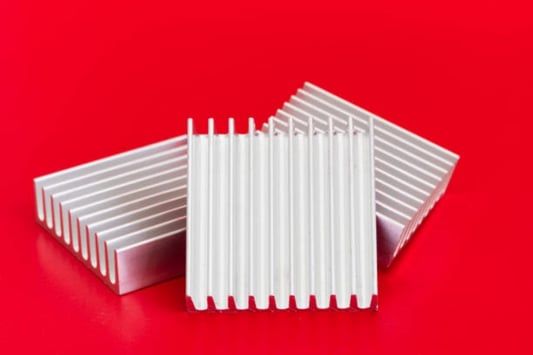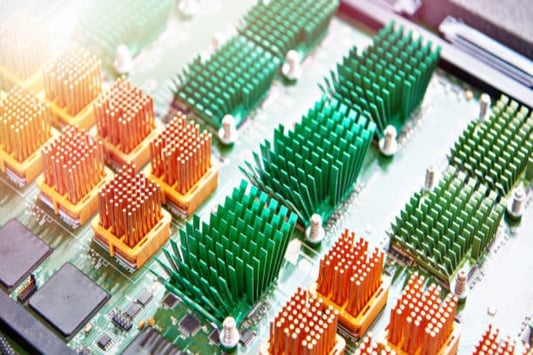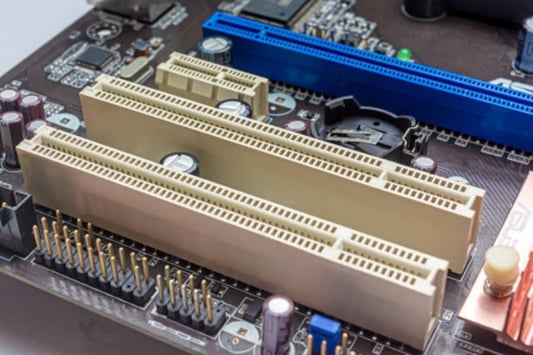Introductionheat sink soldering tweezer is an invaluable tool for anyone who regularly works with electronics. This guide aims to provide a comprehensive understanding of what heat sink soldering tweezers are, how they work, and the benefits of using them.What is a Heat Sink Soldering Tweezer?A heat sink soldering tweezer is a specialized tool designed to make soldering easier and more precise. It is made up of two jaws that can hold onto a component while you heat it using a soldering iron. The heat sink feature protects the surrounding components from the heat, ensuring they don't get damaged during the soldering process. How Does it Work?The heat sink portion of the tool works by absorbing the heat that is generated during the soldering process. By doing so, it prevents the heat from being transferred to other surrounding components and damaging them. This makes it possible to work on even the most delicate and heat-sensitive components while ensuring that they remain safe.Benefits of Using Heat Sink Soldering TweezersProtects ComponentsOne of the most significant benefits of using a heat sink soldering tweezer is that it protects surrounding components from the heat of a soldering iron. This is especially useful when working on intricate circuit boards that may contain multiple components that need to be soldered close together.Enhanced PrecisionWhen using a heat sink soldering tweezer, you can be assured of greater precision when working on delicate or tiny components. The tweezer's jaws hold the component firmly in place, which eliminates the risk of it moving around during the soldering process, ensuring perfect accuracy.Time-SavingHeat sink soldering tweezers allow you to be more efficient with your time during the soldering process. With an ordinary soldering iron, you would need to wait for a component to cool before you could move onto the next one. With heat sink soldering tweezers, though, you can move from one component to another much faster, using less time.Different Types of Heat Sink Soldering TweezersThere are several different types of heat sink soldering tweezers on the market, each with its specific features and benefits. Some models are automatic and have temperature control, while others may have different size jaws to accommodate components of different sizes.Best Practices When Using Heat Sink Soldering TweezersProper SizingIt is crucial that you use the right size heat sink soldering tweezer for the component you are working on. Using the wrong size tool can result in inaccurate soldering and potential damage to either the component or the tool.Proper TechniqueTo get the most benefit from a heat sink soldering tweezer, it is essential to use the right technique. Always ensure that the tweezer jaws are closed tightly around the component to ensure accurate alignment. Additionally, you must keep the tweezer in place until the solder has cooled sufficiently. ConclusionHeat sink soldering tweezers are undoubtedly one of the best tools that anyone working with electronics should have. They provide a level of precision and safety that is unmatched by many other tools. With the right tool and technique, you can be assured of a satisfactory result in the soldering process each time.Quote Inquiry










